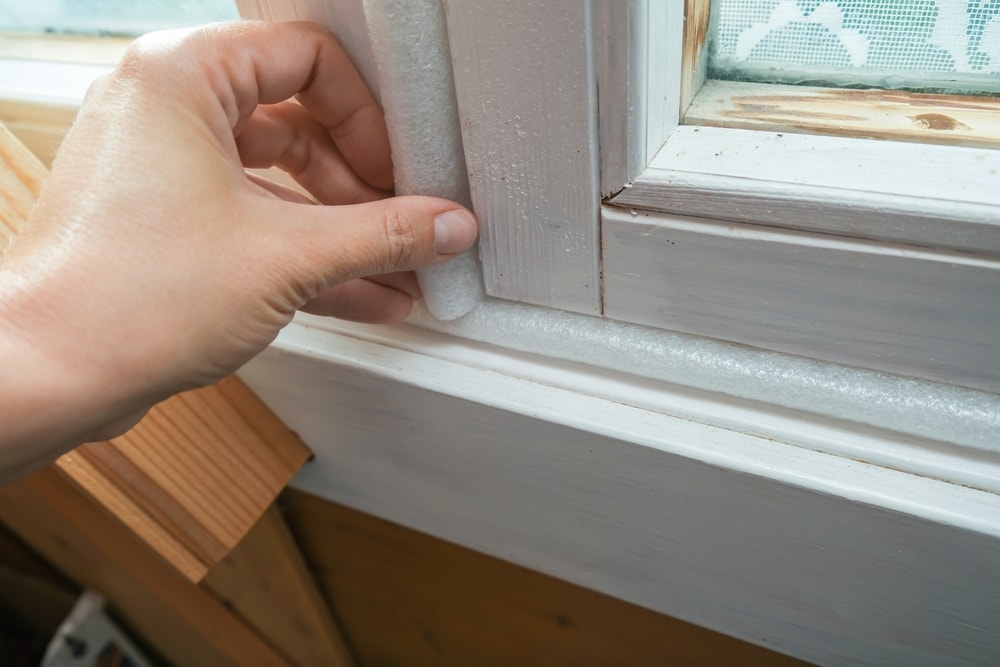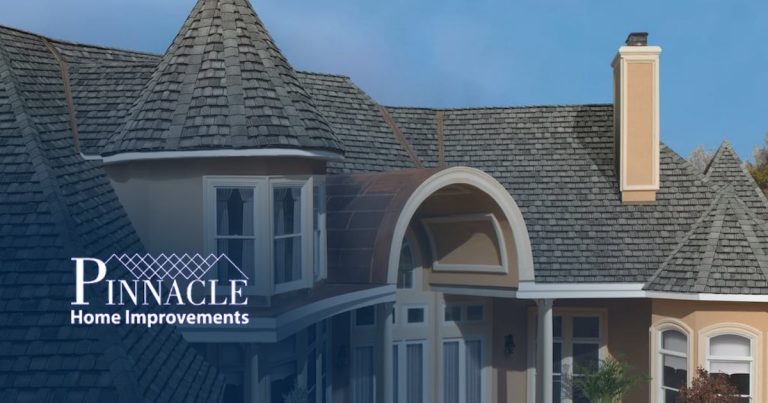The majority of homeowners have air leaks in their homes, leading to wasted energy and more expensive utility bills. To stop leaking air, you need to know where to find it to use air sealing solutions that will restore your home’s energy efficiency.
Pinnacle Home Improvements specializes in finding and fixing air leaks in homes through air sealing, insulation improvements, and other preventative measures designed to help you combat energy loss. Wondering how to find cold air leaks in your home? This blog details how to check for air leaks in your home and what to do if you detect air leaks in your house.
The Importance of Detecting Air Leaks and Fixing Them in Your Home
Air leaks may not seem like a big deal, but as they let outside air in, they can cause major problems over time. This incoming air makes your home less energy efficient by causing your air conditioning or heating system to work harder to maintain your desired temperature indoors.
Essentially, when you have air leakage, you’re wasting your hard-earned money on higher energy costs, not feeling comfortable in your home, and putting more wear and tear on your HVAC system. Finding home air leaks is the key to resolving these issues and protecting your home.
Common Signs of Air Leaks: How to Find Air Leaks in a House
If saving energy is a concern, which it almost certainly is, then you will want to find all the air leaks and fix them. There are a variety of methods used to find air leakage, though before you go more in-depth, you can conduct a quick visual inspection.
Doors or window frames tend to be a common culprit, especially in older homes, though that’s not the only place air leaks occur. A home energy audit conducted by a professional will help you find air leaks, though you can get an idea of where you have air leakage by taking a few steps on your own first.
As for the signs of air leaks, you may notice a draft of chilly air coming in when you stand near closed doors or windows in your home. You may also have seen your energy bills get higher without rate changes or any changes in your energy consumption habits. One of the most telling signs of air leaks is that you find it hard to get comfortable inside your home in any season. In winter, it never feels warm enough, while in summer, you struggle to feel cool and refreshed.
Areas Most Prone to Air Leakage in Homes
On your home’s exterior, the most common areas for air leaks will be where you have corners, water faucets, or where the foundation and the bottom of your exterior brick or siding connect. If you have a chimney, look to where the siding connects with this feature of your home. Roof leaks may not only let in water but also cause air leaks.
When air leakage occurs from one of these exterior points, it may be hard to spot without the help of a professional conducting a home energy audit. Inside your home, there are other areas that you will want to focus on for finding air leaks. Check for cracks or gaps with these common points of air leakage:
Exterior Doors and Windows
Checking exterior doors and windows from the outside may help you spot cracks that are letting in air leaks. Don’t forget to check all doors and windows from the inside as well. Window leaks may be more obvious with areas of moisture that are also causing damage to your frames.
Electrical Outlets
You might know to look at your windows and doors, but don’t forget to check your electrical outlets. They may have gaps around them.
Dryer Vents
Head to your laundry room, as a common culprit for air leaks is where the dryer vents pass through your walls.
Other areas you might discover air leaks are:
- Fireplace flues
- Storm windows
- Attic hatches
- Cable TV lines
- Phone lines
- Baseboards
- Plumbing fixtures
- Vents and fans (such as exhaust fans or bathroom fans)
Methods for Detecting Air Leaks
How can you look at these prone areas for air leaks and detect them? There are several things you can do yourself as well as through a professional:
Visual Inspection
A visual inspection is the first step to finding air leaks. Take a look around windows, exterior doors, and fireplace flues, then go in closer to look at electrical and plumbing fixtures. If you can brave a trip up to your attic, check the attic hatches and look at your insulation. If you have a basement, check the basement rim joists.
If you’re not comfortable crawling around in tight spaces, a professional can help with a home energy audit. However, many air leaks are easy to spot if you just look around doors and windows for cracks or gaps.
Dollar Bill
For windows and doors, you can try a quick test using a dollar bill. You’ll want to close windows and doors on a dollar bill. Then you will try to pull your cash back out. If it comes back out when you pull, your doors or windows have air leaks. If you struggle to try to get it out, you can breathe a sigh of relief that these points of your home are sealed.
You don’t even need any cash on hand to perform a test like this. Simply walk up to your doors or windows, outlets, and fixtures, and hold your hand around the edges of these areas. You can also do this with slightly dampened hands, which will allow you to easily feel a draft.
Building Pressurization Test
You can also try a building pressurization test to boost air flow through the cracks and gaps to make it easier to find less obvious air leaks. You will first need to wait for a cool and windy day. Then you need to turn off any appliance that may combust, like your water heater and gas-burning furnace. Make sure you close all windows, fireplace flues if you have one, and outer doors.
Once these steps are taken, turn on every exhaust fan that blows air to the outside. This would be your clothes dryer, all bathroom fans, and stove vents. Take a stick of incense and walk with it carefully by the edges of those common leak areas. If the smoke wavers in any way, is sucked out of the room, or you see it blow into the room, you have a draft.
Blower Door Test
Call in a professional for a blower door test, which uses special equipment to conduct a pressurized test to uncover air leaks. While the DIY methods are great for helping you find some of the leaks, a blower door test will help you find some of the more hidden ones that are either small or in a place you might not be able to get to yourself.
The blower door test is the most accurate way to determine the extent of leaks in your whole house, and will help you to seal air leaks that you might not have known about before.
Other Ways to Check Electrical Outlets, Plumbing Fixtures, Crawl Spaces, and Doors and Windows
In addition to incense sticks to see where the smoke wafts or even candles, you can also try using toilet paper. Anything flammable should be handled with care to avoid catching things on fire, such as curtains and window treatments. No matter what you use, you’ll have a better chance of finding most air leaks on a windy day, as it will be easier to feel drafts coming into your home.
DIY vs Professional Inspection: When to Consider Professional Air Sealing Services
Whether you have warm air or frigid air coming into your home, you’ll want to conduct air sealing to protect your indoor air quality and avoid wasting energy. Once you’ve looked around doors and windows, and all those other places, you can use a few simple things that you’ll find available at most hardware stores.
Caulk is great for properly sealing your home from leaks, particularly when there are small gaps and openings. As for air sealing your home around window frames or doors, weatherstripping is a simple way to take care of it, and for many weatherstripping materials, it’s a DIY job. You can also use spray foam for air sealing in certain areas.
Ultimately, if you have a newer home and you find a few little cracks or gaps around your doors or windows, you might be able to DIY. However, if you have an older home or you’ve noticed drafty areas at the points discussed above, it’s a wise idea to contact a professional to find and seal all leaks.
Energy Saving Benefits of Fixing Air Leaks
Fixing air leaks provides many benefits, which start with lower energy bills. Why pay to air condition or heat the whole neighborhood? You’ll also make your HVAC system work harder the longer you let air leaks continue. The harder this appliance works, the more wear and tear it takes on, which means it will need to be replaced sooner rather than later.
Once you fix air leaks, you will also notice that you feel more comfortable throughout every season. In winter, heat will stay in your home, while in summer, the cool refreshment provided by your air conditioner will make hot days tolerable.
Pinnacle Home Improvements’ Approach for Addressing Leaks in Your Home
At Pinnacle Home Improvements, we know that there are many areas where air leaks can form, how to spot them, and how to seal them. Many times, it’s related to older doors or windows that need replacement or insulation. Leaks can happen anywhere in your home, and taking the steps to fill them will help your home avoid moisture intrusion and stay energy efficient.
Contact us today to learn about how we can help with air leaks.















